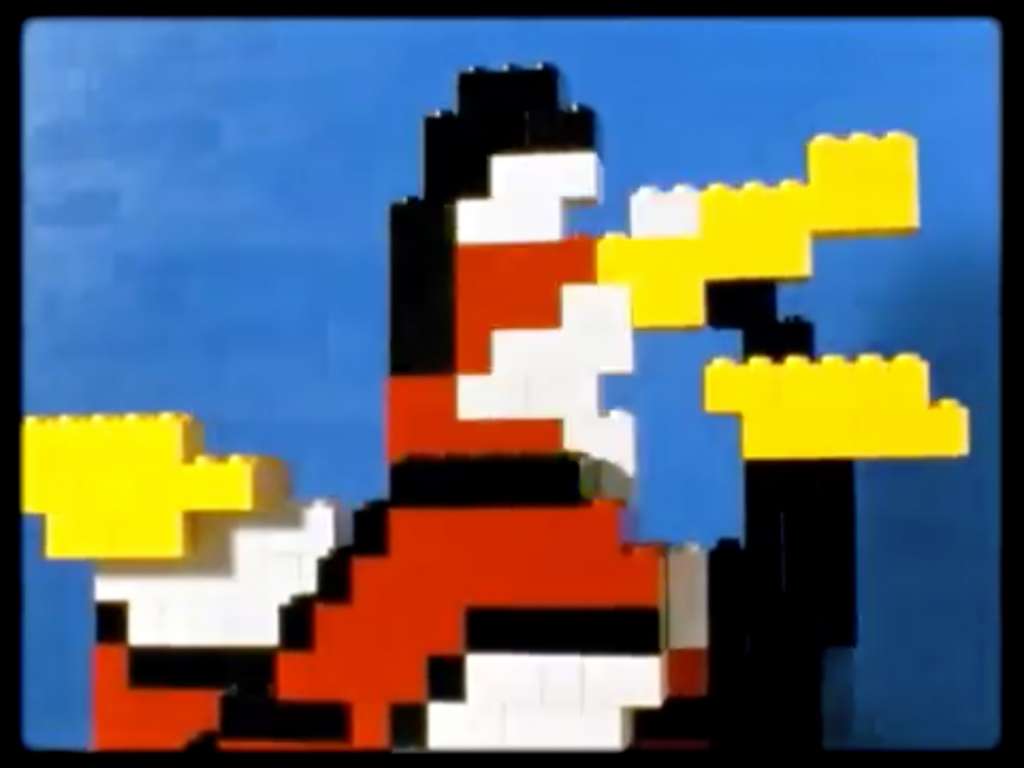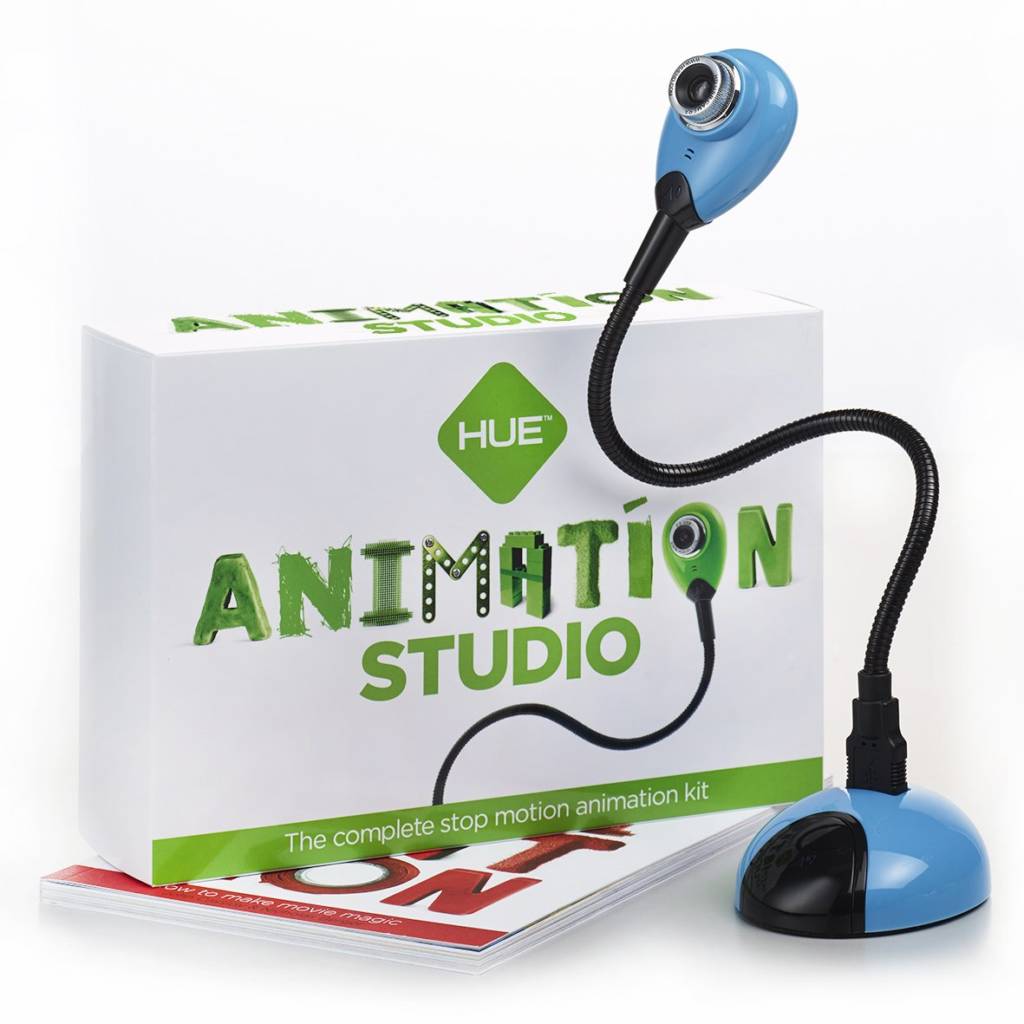The music video for the song Fell In Love With A Girl of the American rock band The White Stripes is probably one of the most famous LEGO animations.
The French director Michel Gondry is known for his extraordinary films and the creative use of various film techniques. For Fell In Love With A Girl he first sat on the analog animation with LEGO bricks. The reactions to the video were extremely positive. It won in three categories at the MTV Video Music Awards and magazines like Entertainment Weekly or Pitchfork called it one of the decade’s best music videos.
For my bachelor thesis titled Character Animation with the Limitations of Analogue Animation of LEGO Characters, I analyzed this stop motion movie. Here is a slightly modified version of this movie analysis.
Movie Analysis
At the beginning of the video you see a little boy – the director’s son – building a wall of LEGO bricks. This is the only scene on the video that shows anything other than LEGO bricks. The following scenes show the singing and playing LEGO versions of the members of the band, as well as various recordings in London. Stones are mainly used in the colors red, blue, yellow, black and white. And, with a few exceptions, only in classic, rectangular shape, so no special parts such as minifigures or beveled and round stones. Essentially, the scenes alternate between three different animation styles, which will now be explained here.
The first kind of animation is kept very flat and two-dimensional. The individual blocks are arranged here in mostly one, but a maximum of three levels and thus create a picture in the style of a low-resolution pixel graphics. If more than one layer is used, then only to get different shades and shades despite the few colors available.
The LEGO bricks do not form three-dimensional figures here, but serve as individual pixels to repaint a previously recorded video. The real video was scaled down on the computer to the resolution of the individual LEGO bricks, printed and then rebuilt stone by stone. Although the depiction is very abstract and without much detail, the figures are very clearly recognizable thanks to the realistic movements. Thus, as the diving figure moves past the camera, the changed perspective is clearly recognizable, even though the stones for the eyes and mouth only shift by two or three pixels.
In other, this time three-dimensional scenes Gondry relies on very reduced figures consisting only of a few blocks. The figures are still flat, or just a block wide, but are in a three-dimensional environment with shadows and recognizable foreground and background. The character animation here has nothing in common with the classic puppet animation. Since they have no joints or moving parts, the blocks of the figures must be individually offset for each movement. The rigid figures are thus rebuilt picture by picture to represent the various poses. Again, the reduced figures only work in conjunction with their movements. On individual pictures, the drummer is sometimes not recognizable as such when the arms of the flat figure merge with the head. In the animation, however, the forms and the movements synchronized with the music are clearly visible.

The third animation style uses much larger and thus more detailed, three-dimensional figures. Like the two-dimensional characters, they have no moving joints and are animated by rearranging the individual blocks. Here is a three-dimensional, but still stylized head, as well as the detailed model of a guitar. Because of the size of the figures, details such as mouth and eye movements can be animated. In some close-ups even teeth and the movements of the tongue can be seen. The mouth movements are exactly in line with the vocals and also suggest that the models were animated with real footage as reference.
The camera is static throughout the video, camera movements are simulated only by moving LEGO bricks. In the two-dimensional scenes, the stones serve only as pixels and can represent any camera movements and zooms. In the three-dimensional sequences, a tracking shot is shown by moving the figures on the spot and moving the ground and the background.
Occasionally, Gondry uses match cuts to hide the transition between the different styles. For example, when the red and white color surface of a two-dimensional traffic sign is seamlessly cut on the red-white background of a three-dimensional scene.
Whether two- or three-dimensional, the images are very lively and hectic due to the movements of the individual blocks. The figures were animated very carefully and realistically. Due to the occasional – presumably deliberately used – flickering the video still gives the typical look for the stop-motion technique. Another special feature is the distinct black outer edge in the picture. This is caused by the analog Bolex camera used for the project. This is the same model that was used almost 20 years earlier for the LEGO short film The Magic Portal.

